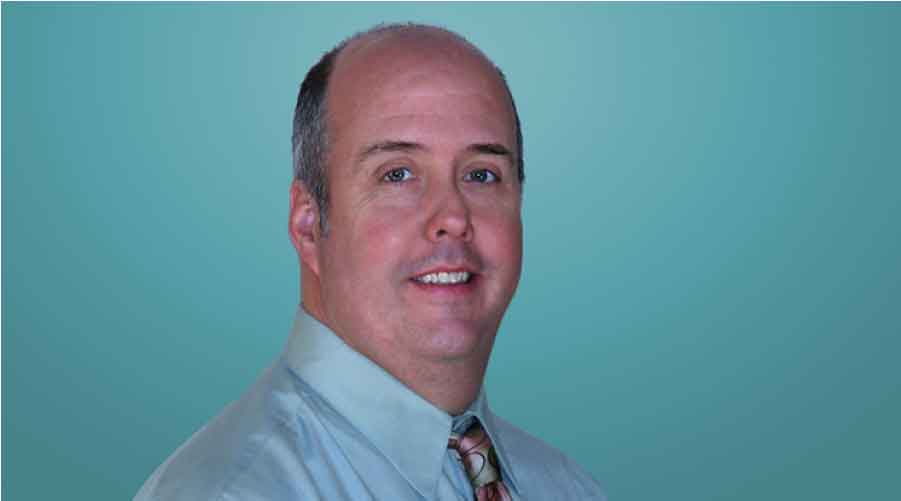Structural Engineers Band Against Insurance Threat
Concerned that skyrocketing professional liability insurance, claims and deductibles might bring down their profession, structural engineers are banding together to combat the threat, McGraw-Hill Construction reported.
Concerned that skyrocketing professional liability insurance, claims and deductibles might bring down their profession, structural engineers are banding together to combat the threat, McGraw-Hill Construction reported.
The first formal step was the launch of a risk management program. The goal is to reduce claims, better defend against claims, and, ultimately, reduce insurance premiums. "We are going to reach down to the lowest level of practicing engineers to raise the level of practice," said Edward Bajer, director of the Council of American Structural Engineers, Washington, D.C., at the first RMP convocation, held Nov. 5-6 in Reston, Va. It is planned as an annual event. "This is no quick fix," he cautioned.
The RMP convocation, a CASE program that was held in Reston, Va., in November, is intended "to reduce the cost and frequency of claims" against structural firms by "enhancing risk management, loss prevention and claims management techniques."
Rates continue to fluctuate wildly and firms, in many instances, are unable to obtain multiyear policies. As the first step toward a remedy, RMP is looking at how it would "partner" with insurance companies. Structurals feel particularly vulnerable. Risk of a claim against a structural firm is nearly three times that of other engineers, according to insurer Victor O. Schinnerer & Co. Inc., Chevy Chase, Md. And the severity of claims against structurals has been creeping upward. Last year, the average cost per firm for defense and indemnity of paid claims — about $230,000 — was almost 30 percent higher for structurals than for other engineers. On the bright side, the ratio of the frequency of claims to billings peaked in 1996 and has improved fairly steadily.
Although RMP is a CASE program, it is a direct consequence of the efforts of leaders of the three structural groups. RMP’s 10-person steering committee includes representatives of CASE, the Structural Engineering Institute, which hosted the convocation, and the National Council of Engineering Associations, Chicago.
The situation is considered very serious for the structural profession because fees are such a small fraction of the overall job. Because of joint and several liability laws in many states, even if a firm is minimally responsible for a claim it can be held fully responsible. Also, licensed professionals who stamp drawings are even more vulnerable because plaintiffs can sue them personally.
Speakers emphasized the point that better communication with clients and better risk awareness can result in a reduction in claims. Many also pointed to poor coordination of design drawings as a culprit for eventual claims. Speakers cautioned attendees to beware of scope creep
Related Topics:











